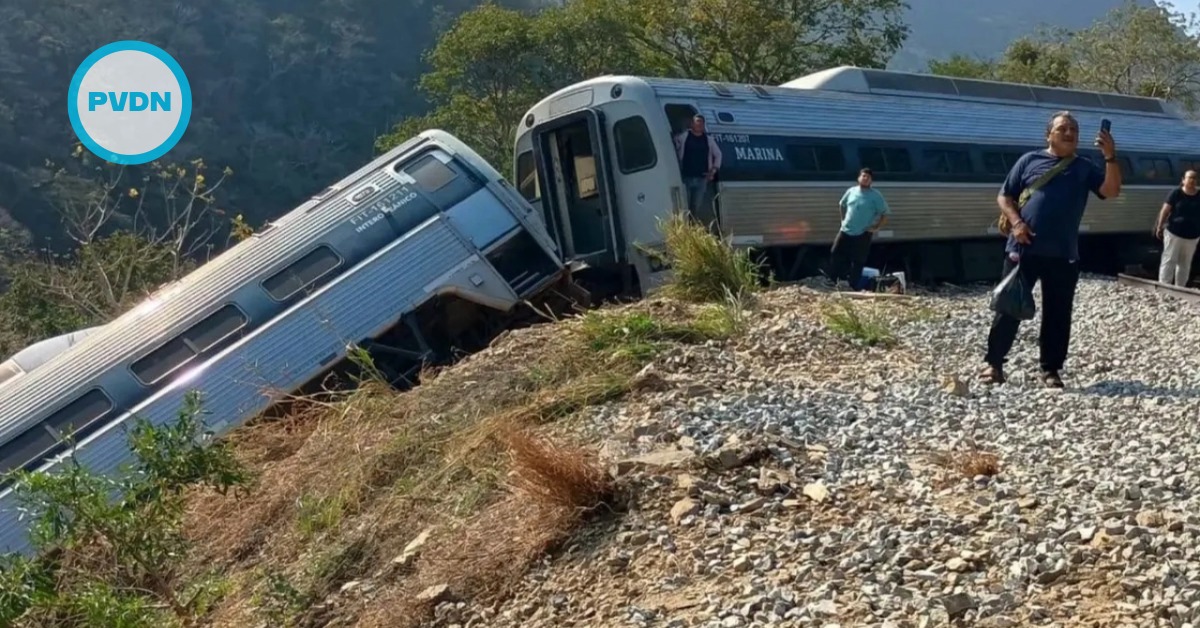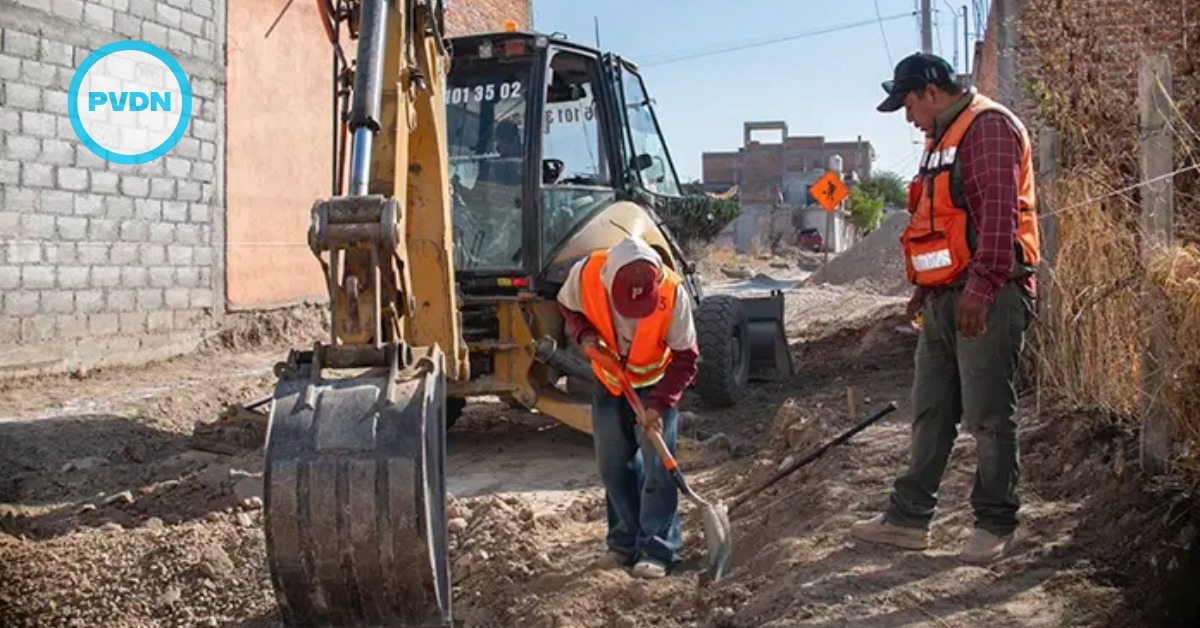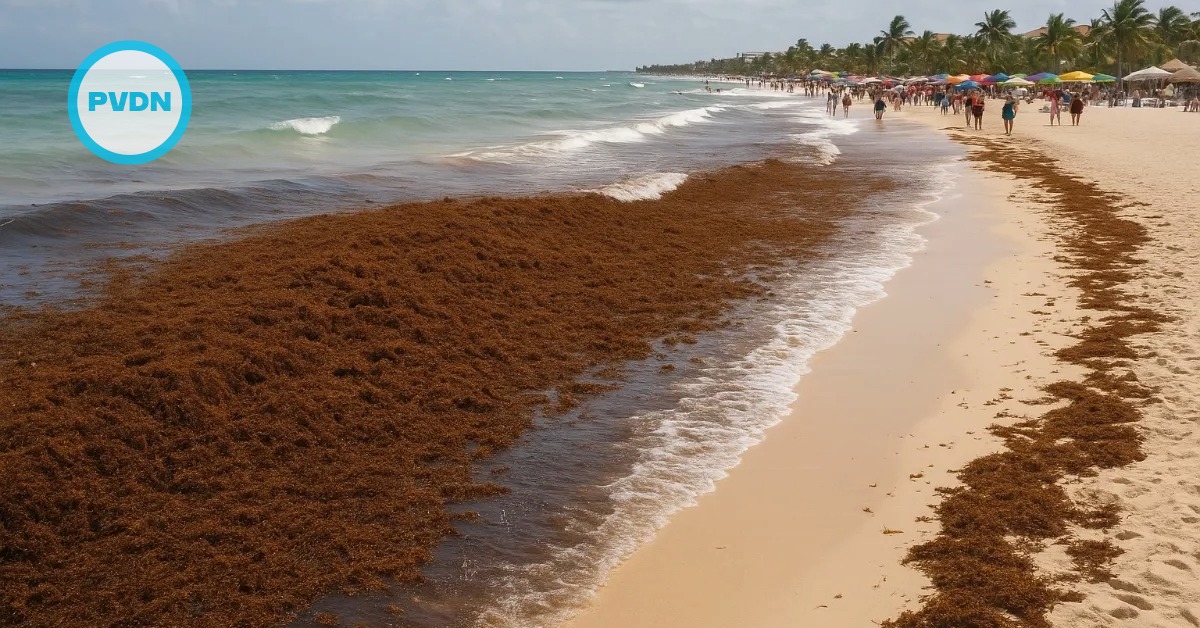French Foreign Minister Laurent Fabius presented a landmark global climate accord on Saturday, a "historic" measure for transforming the world's fossil fuel-driven economy within decades and turning the tide on global warming.
At the tail end of the hottest year on record and after four years of fraught U.N. talks often pitting the interests of rich nations against poor, imperiled island states against rising economic powerhouses, Fabius urged officials from nearly 200 nations to support what he hopes will be a final draft.
Setting a broad goal of eliminating the net increase in man-made greenhouse gas . . .





